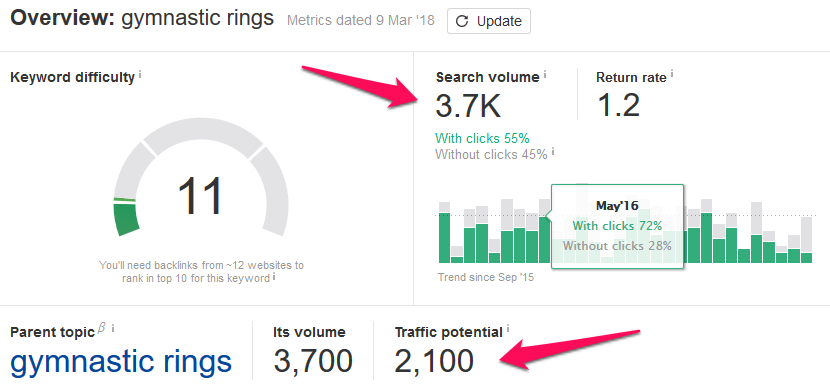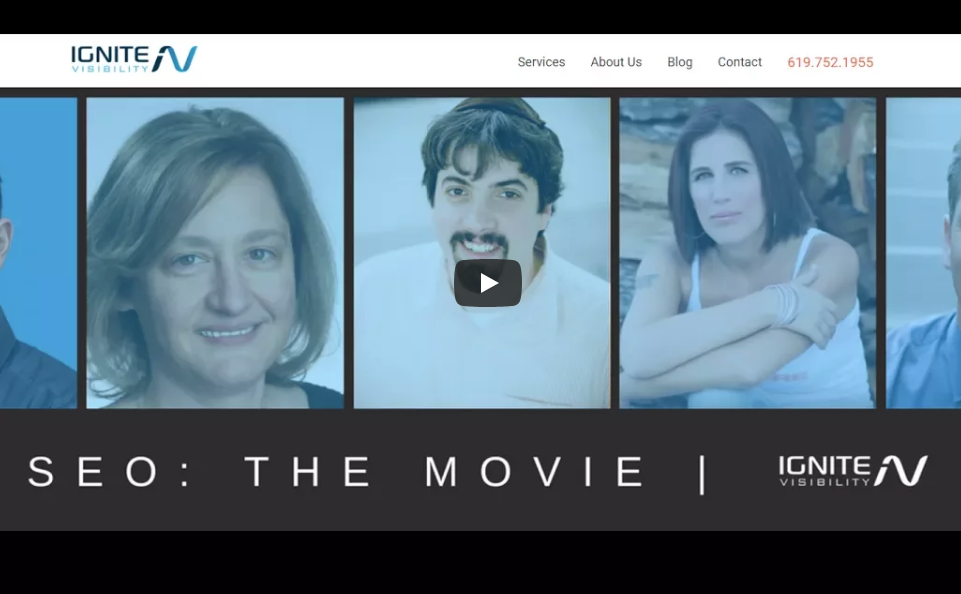How to Build Your Website For The Mobile-First Experience in 2019
February 13, 2019
6 Mistakes That Can Destroy Your Link Building Efforts
December 4, 2018
So why is SEO so important for a Successful Business?
September 17, 2018
Ultimate Guide to SEO Strategies for Small Business
September 12, 2018
Intro to an Ecommerce SEO guide
August 12, 2018
SEO The Movie
July 16, 2018








